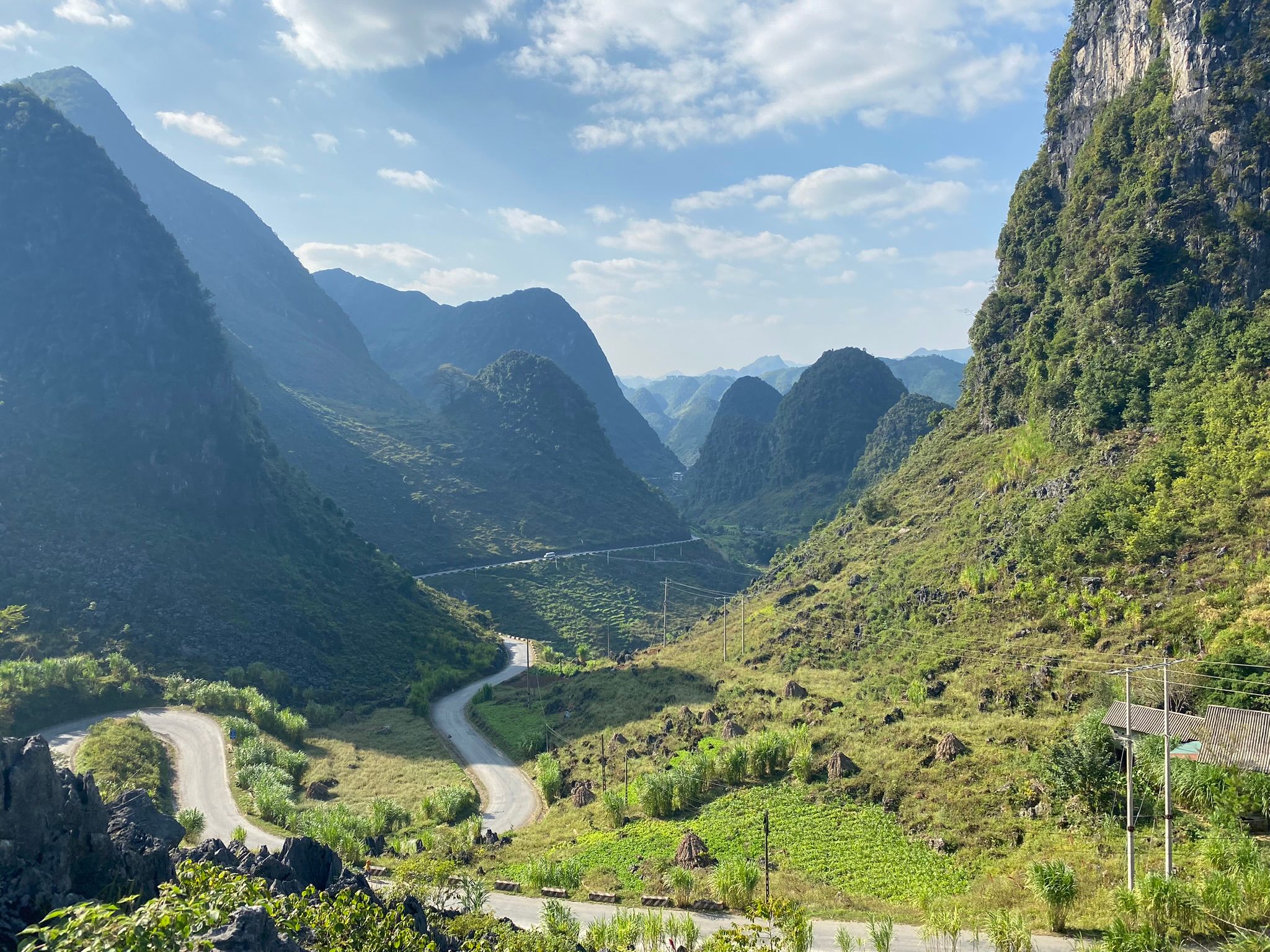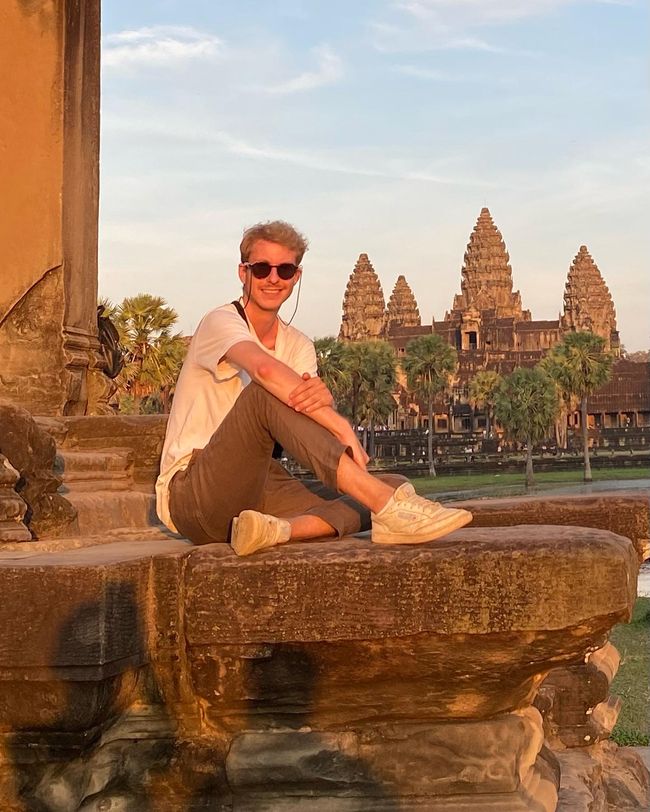04.07.2023 - Excursions in Kakadu and Litchfield National Park
Gipatik: 15.07.2023
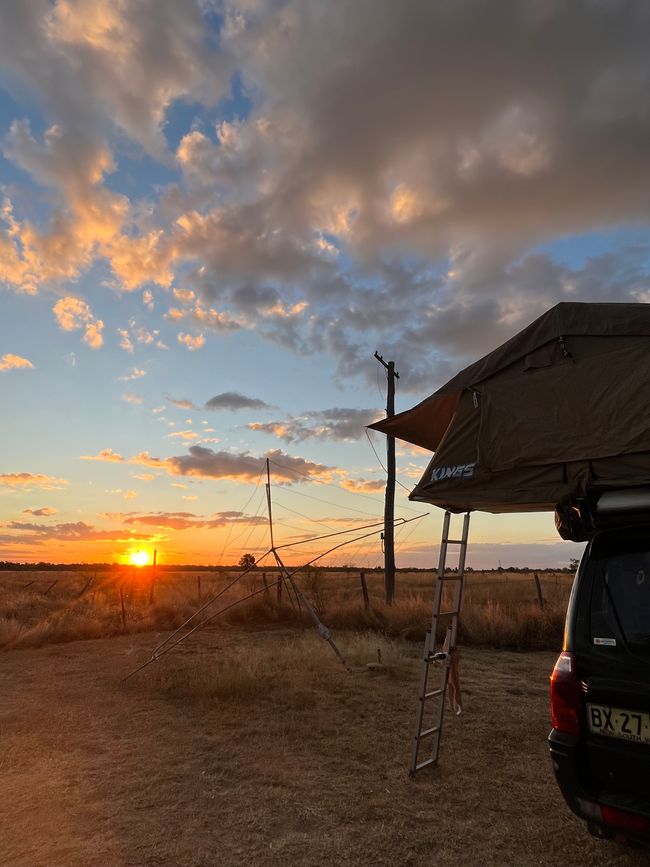
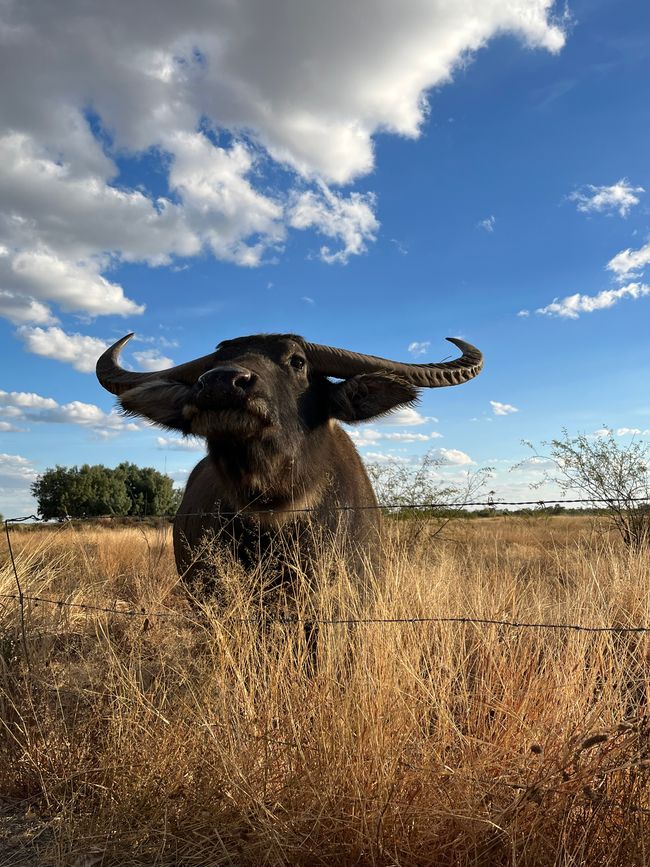
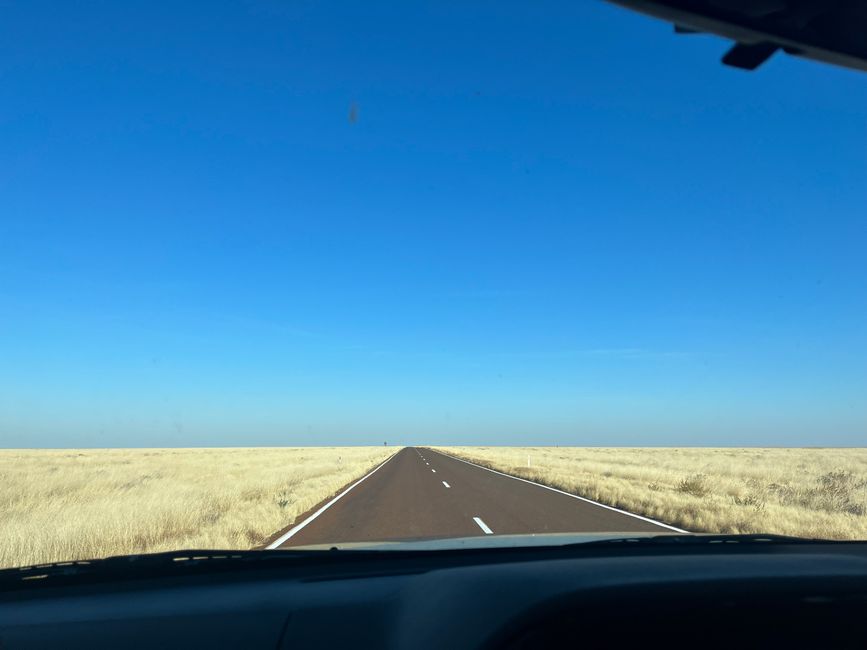
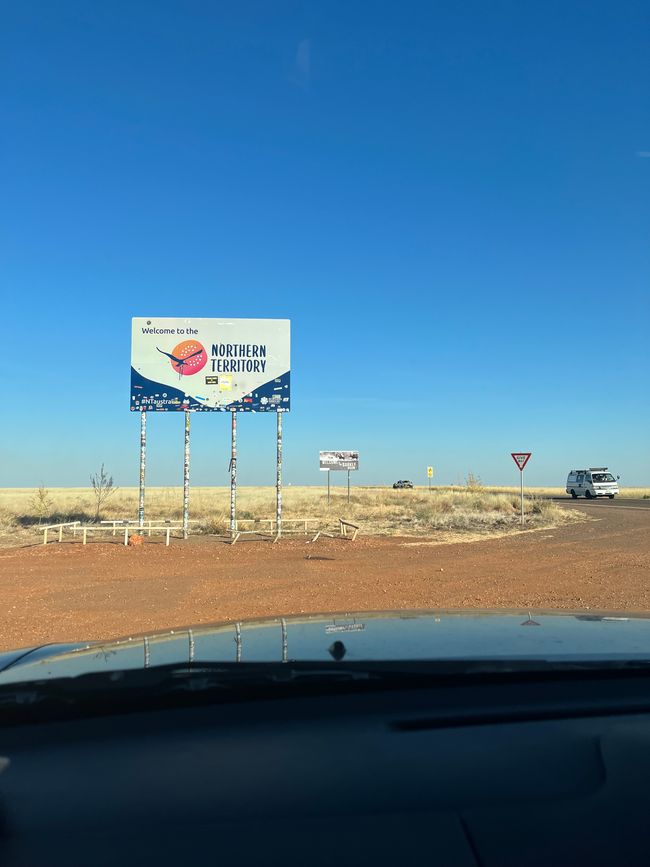
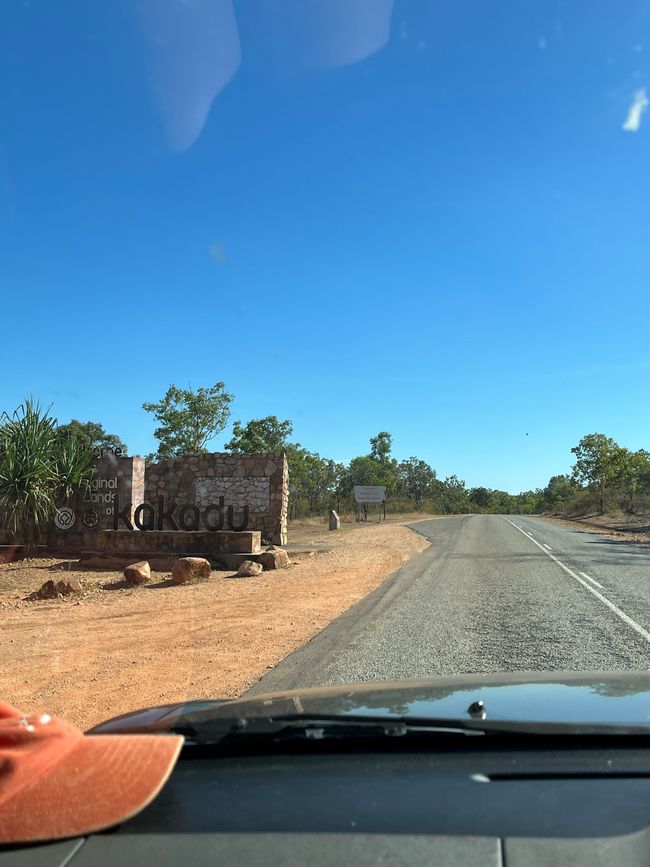
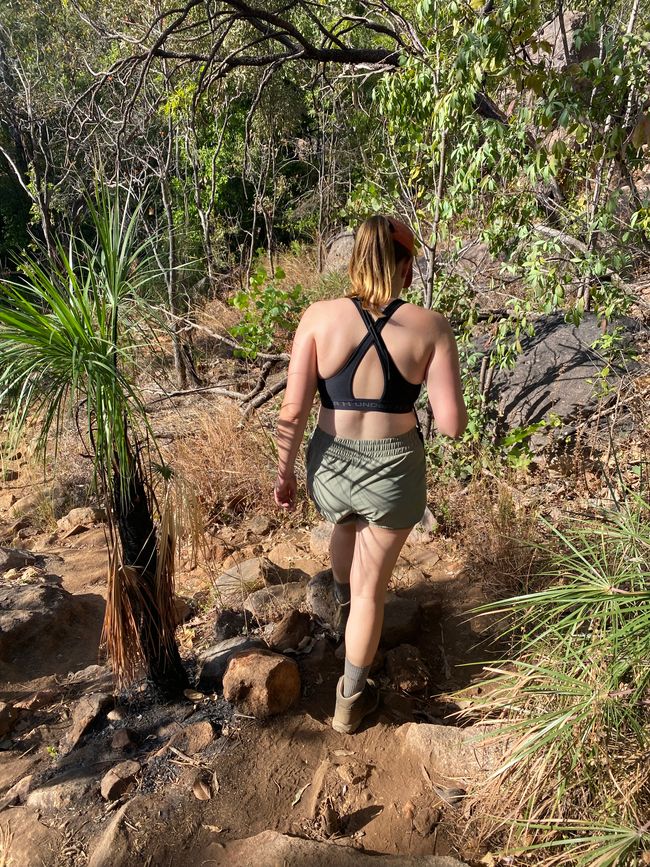
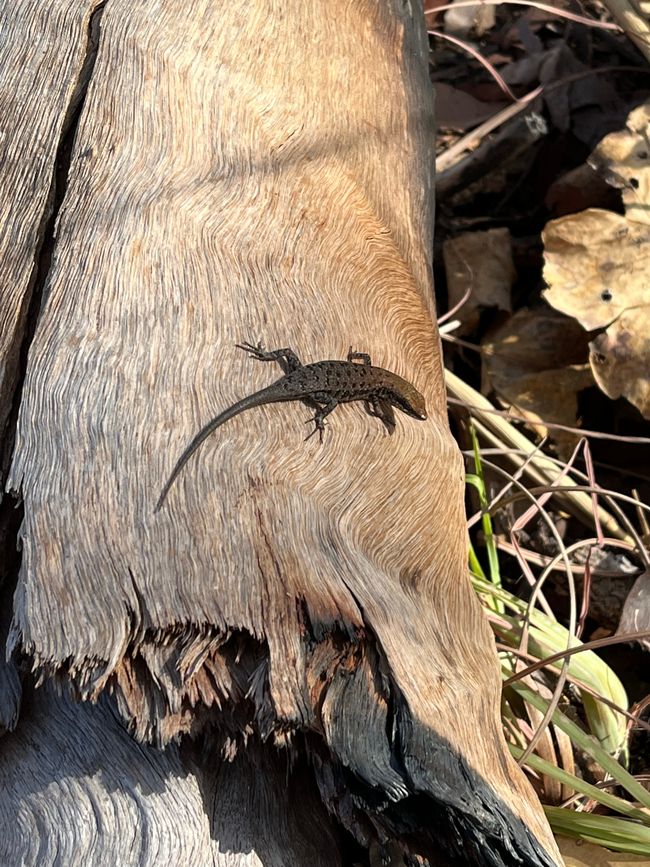
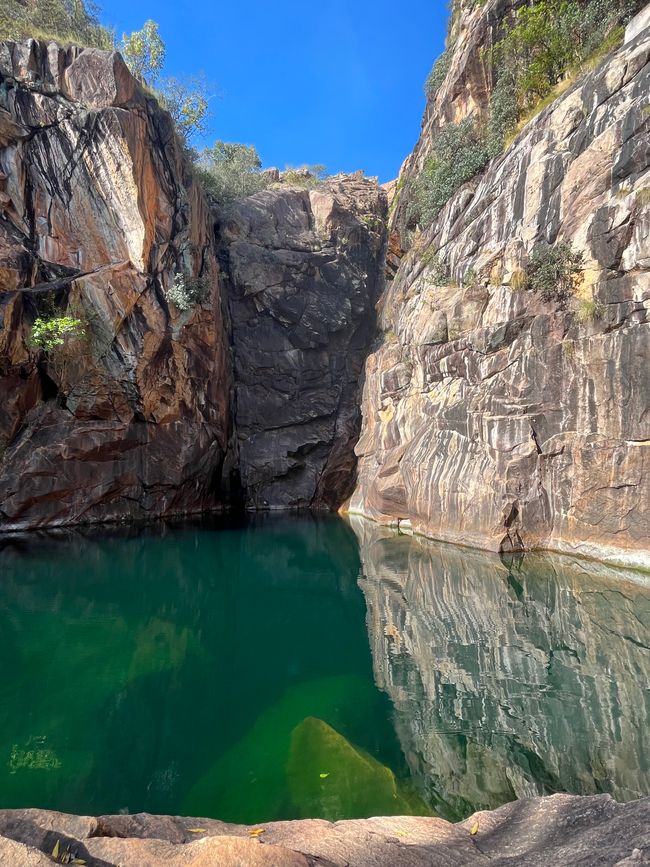
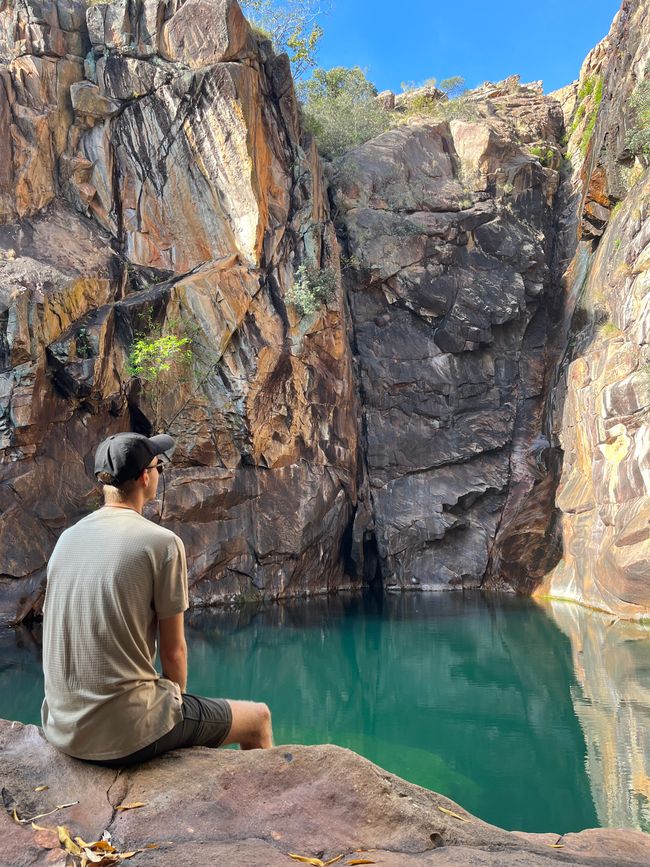
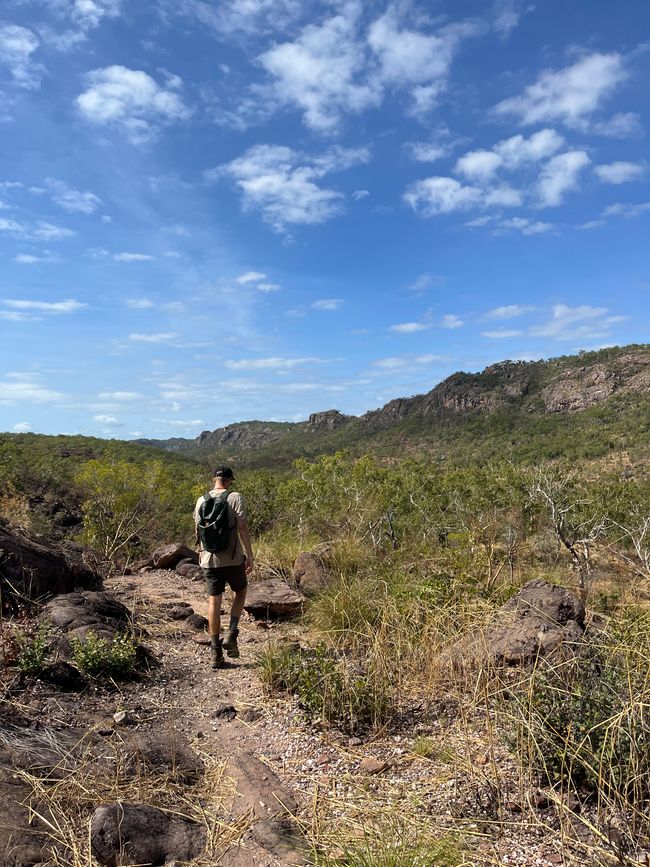
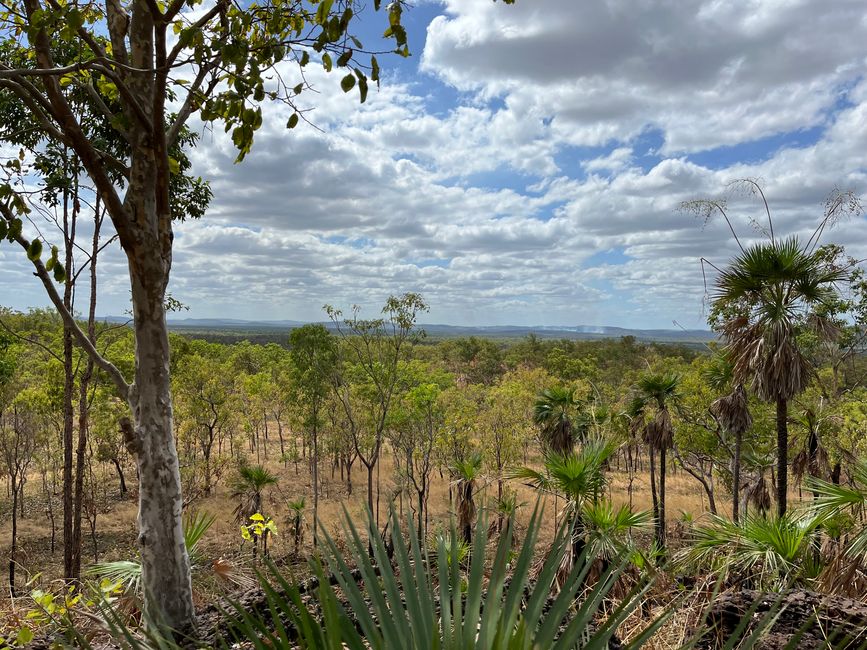
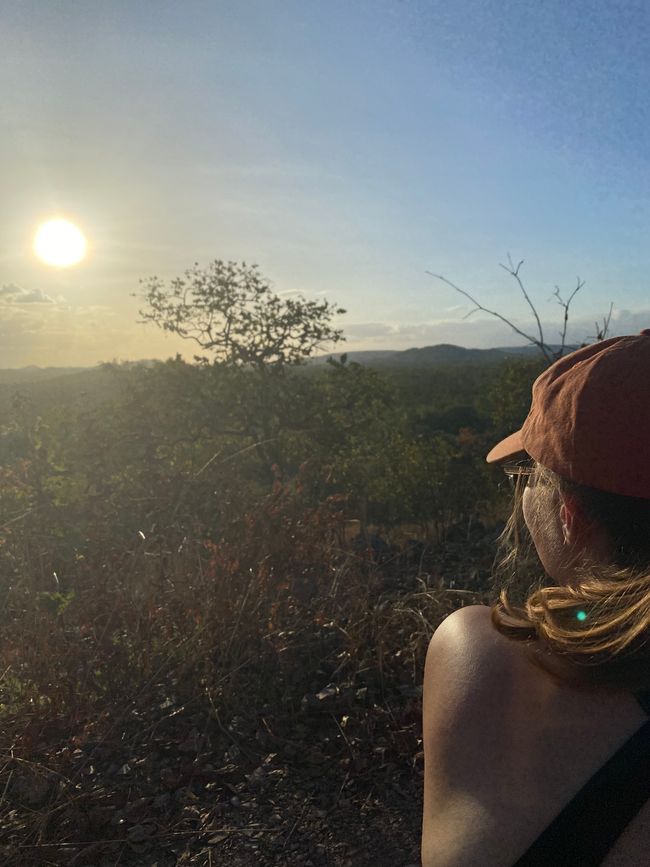
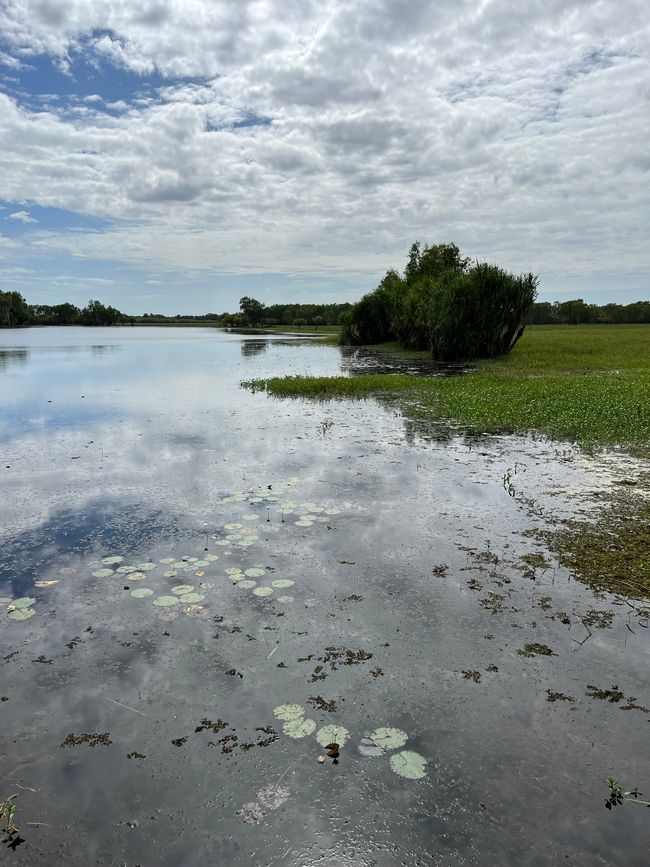
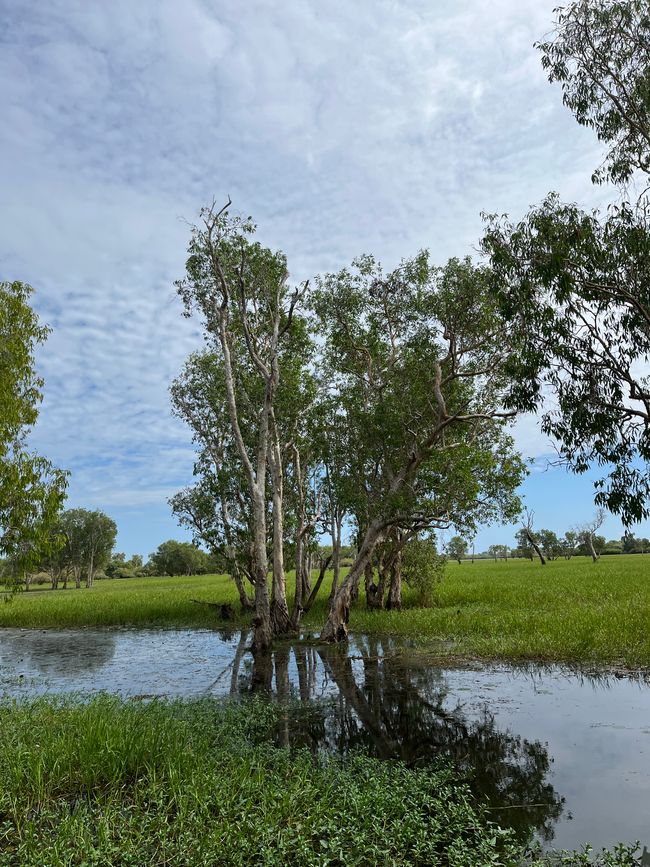
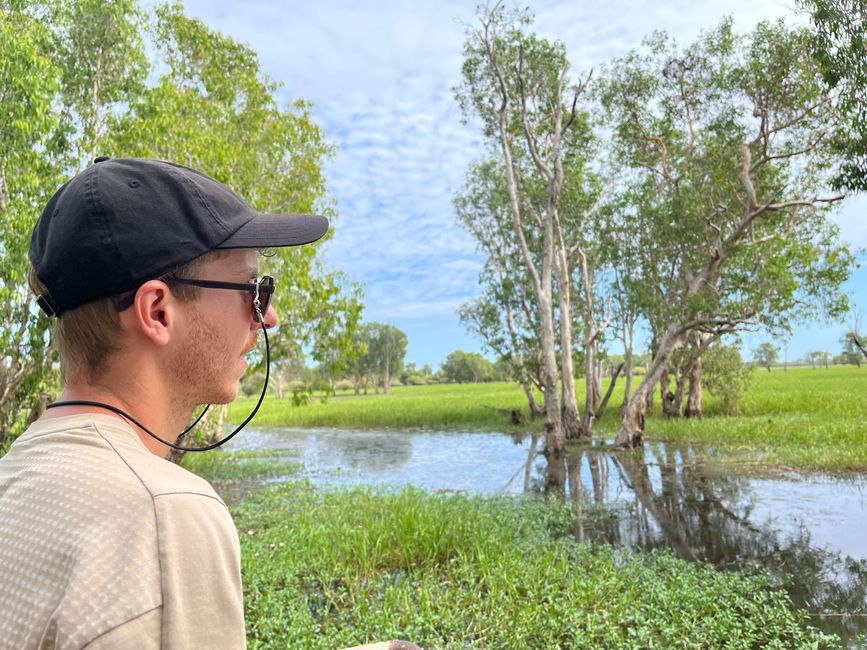
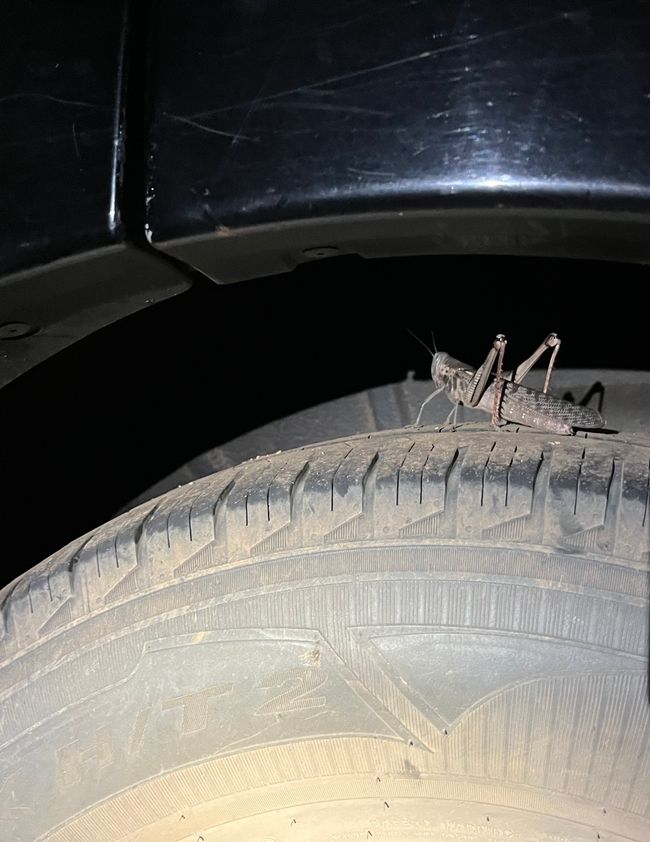
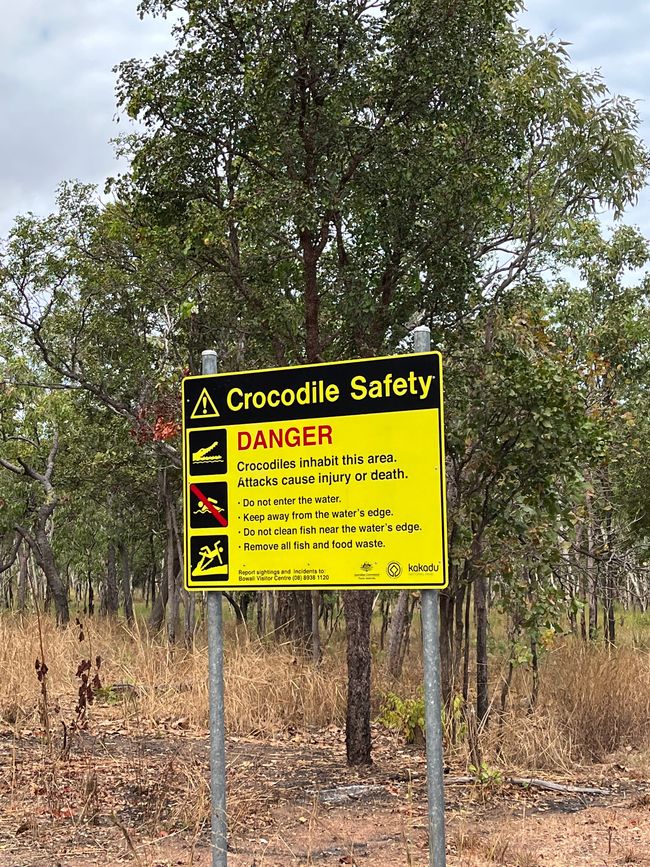
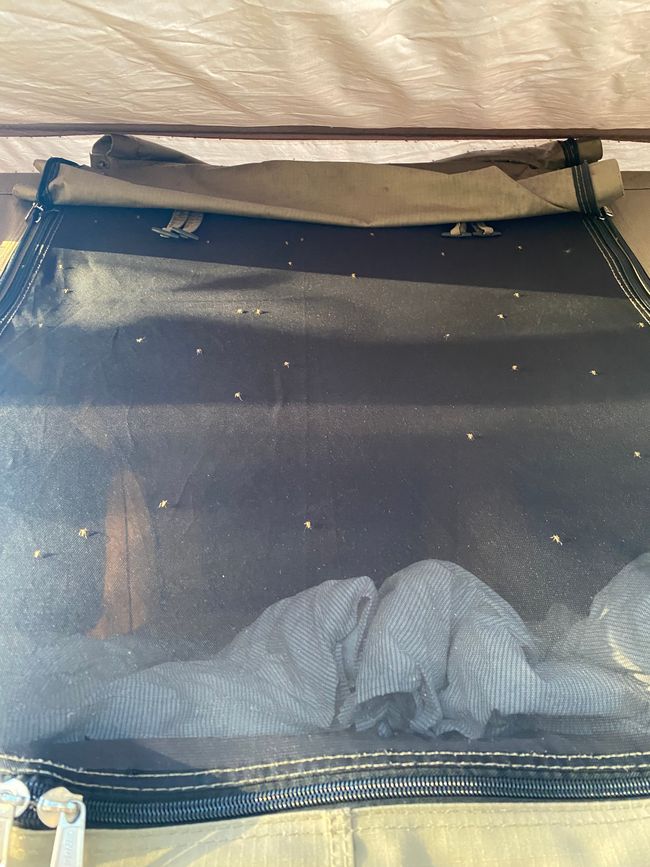
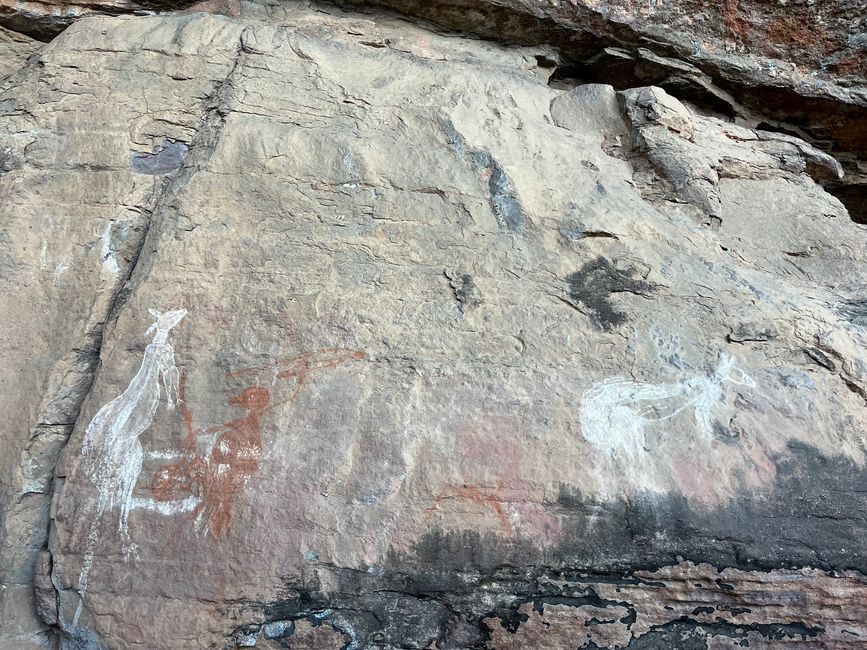
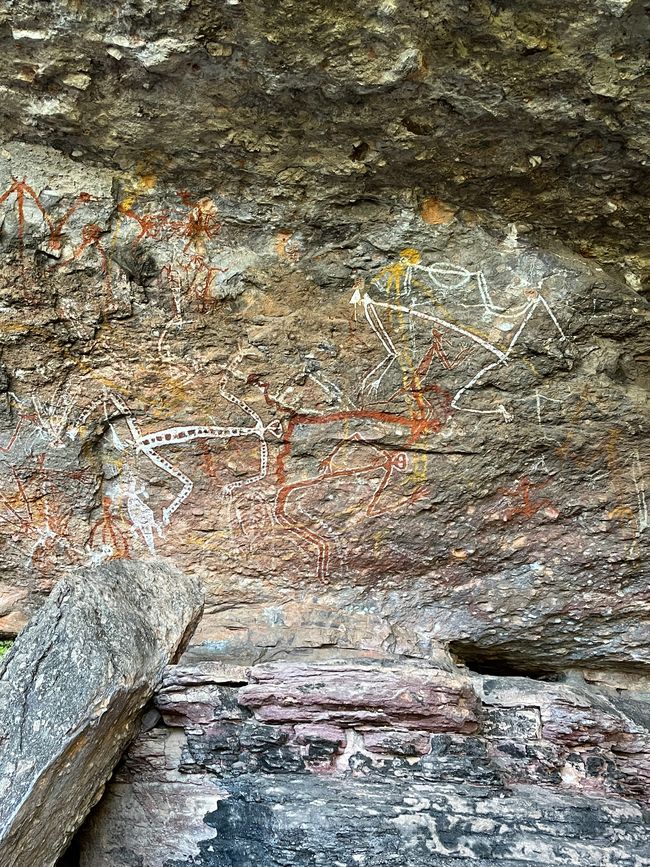
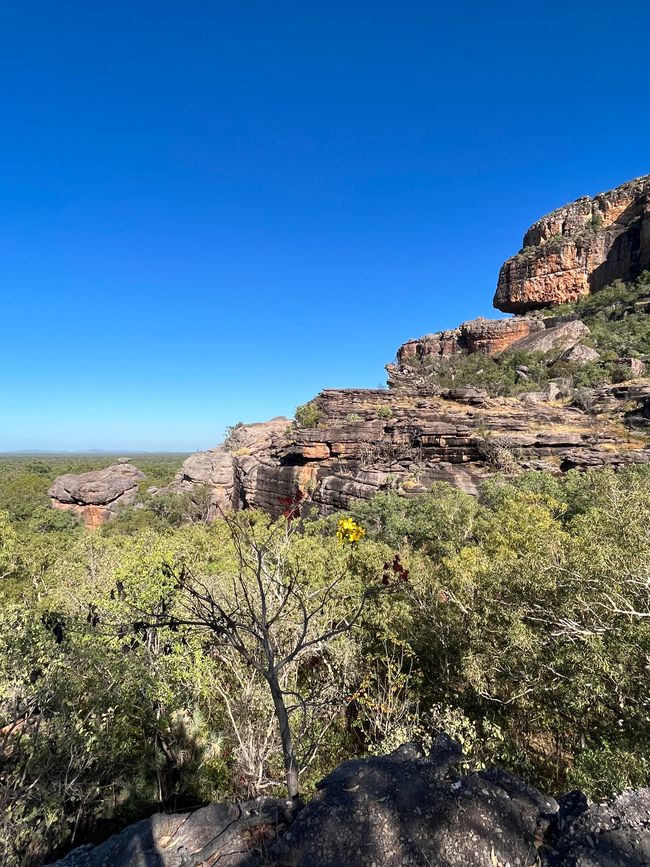
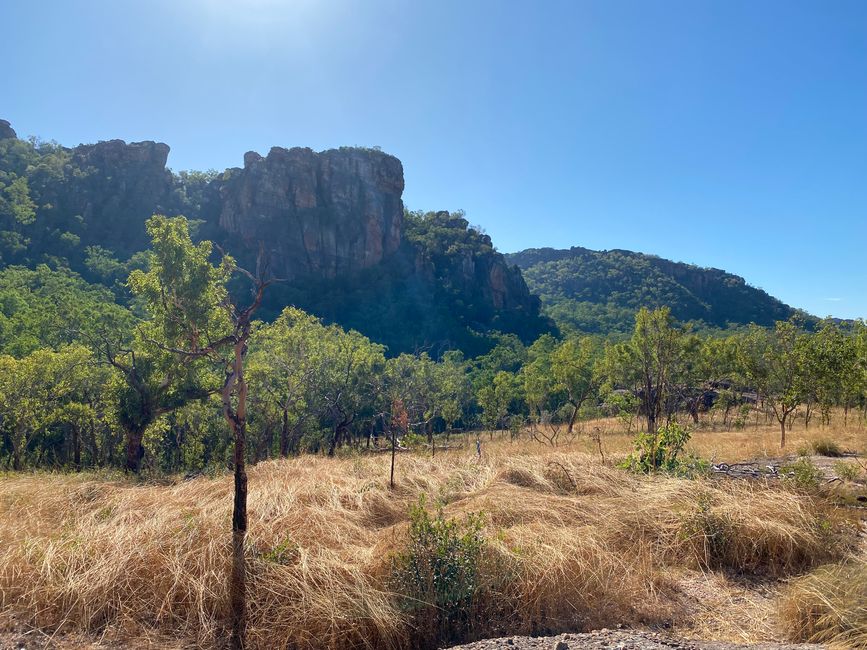
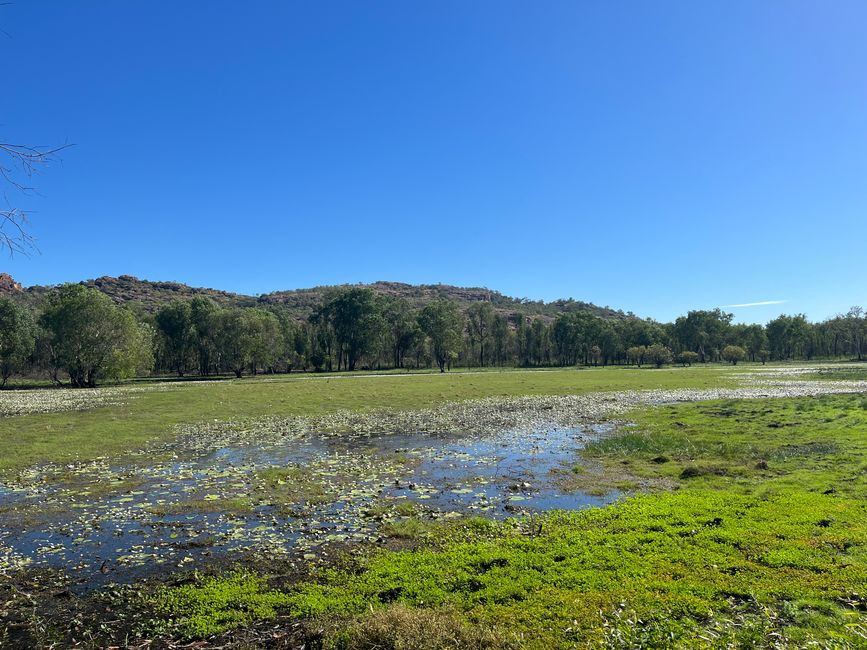
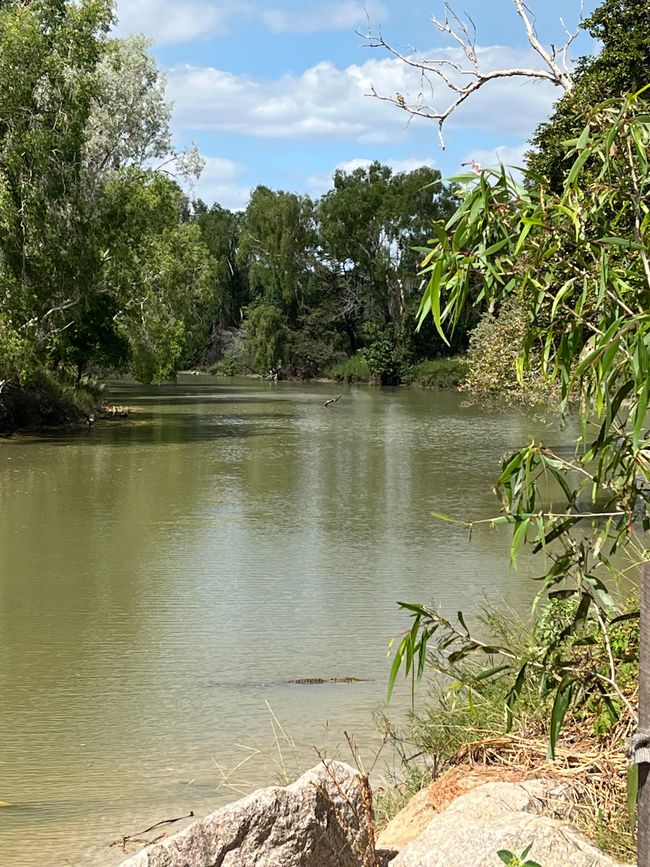
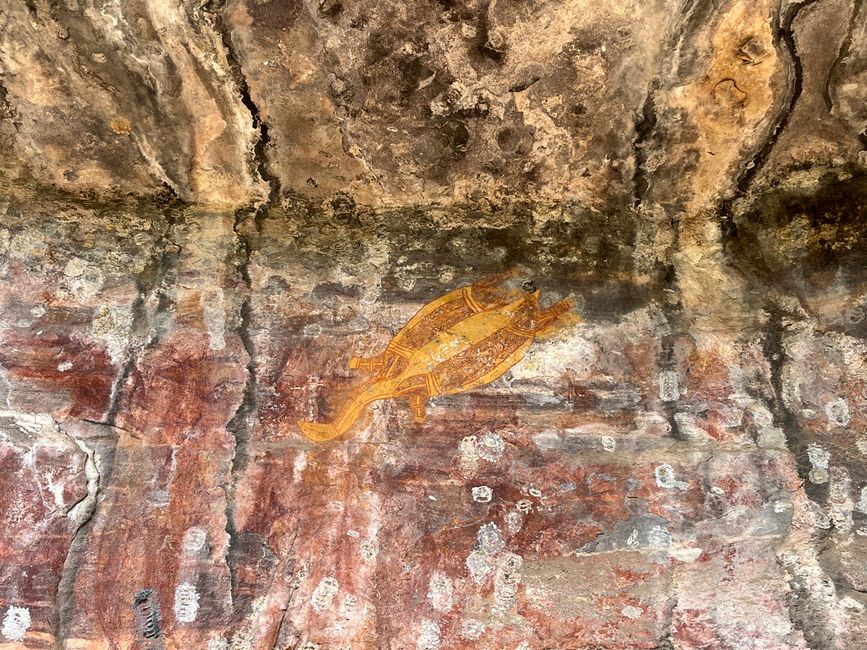
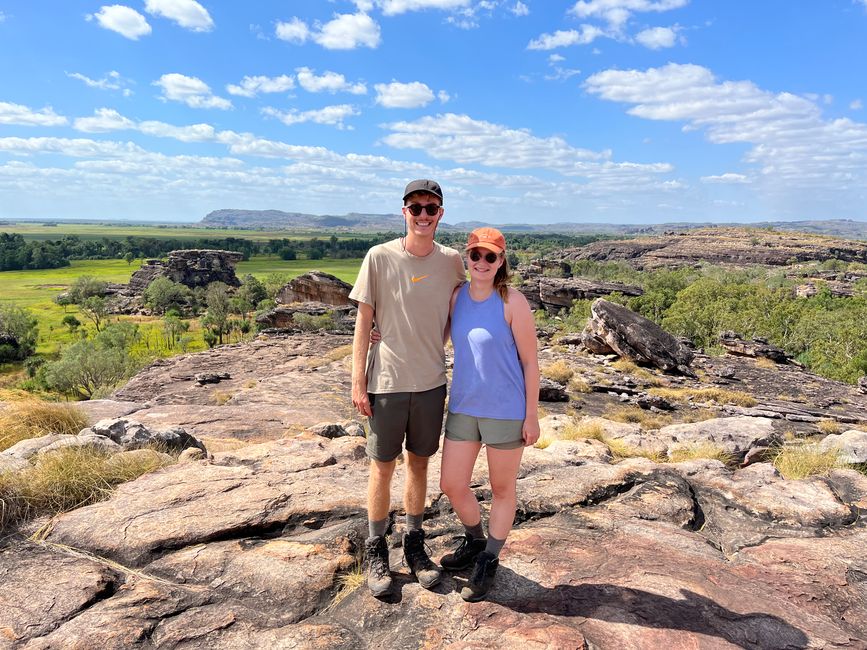
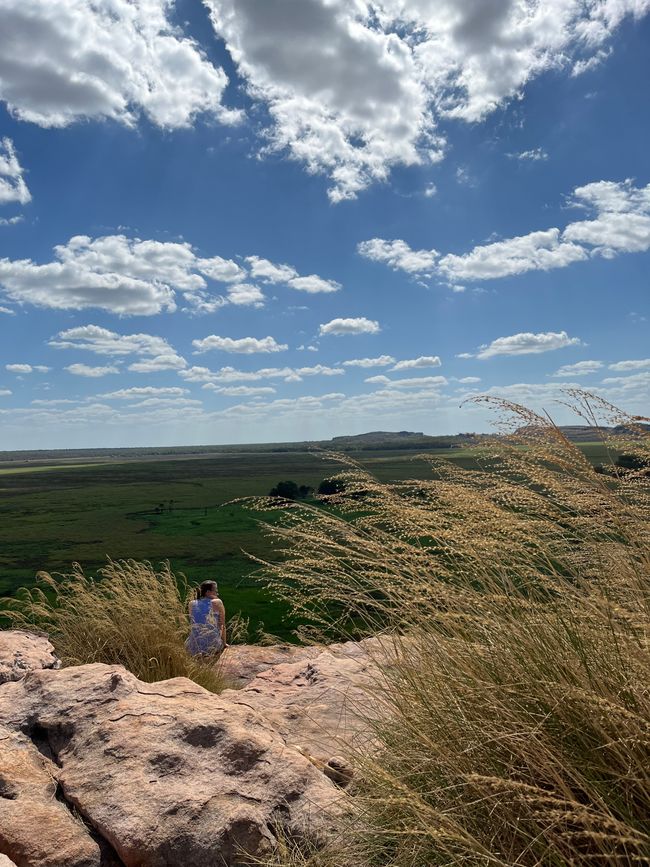
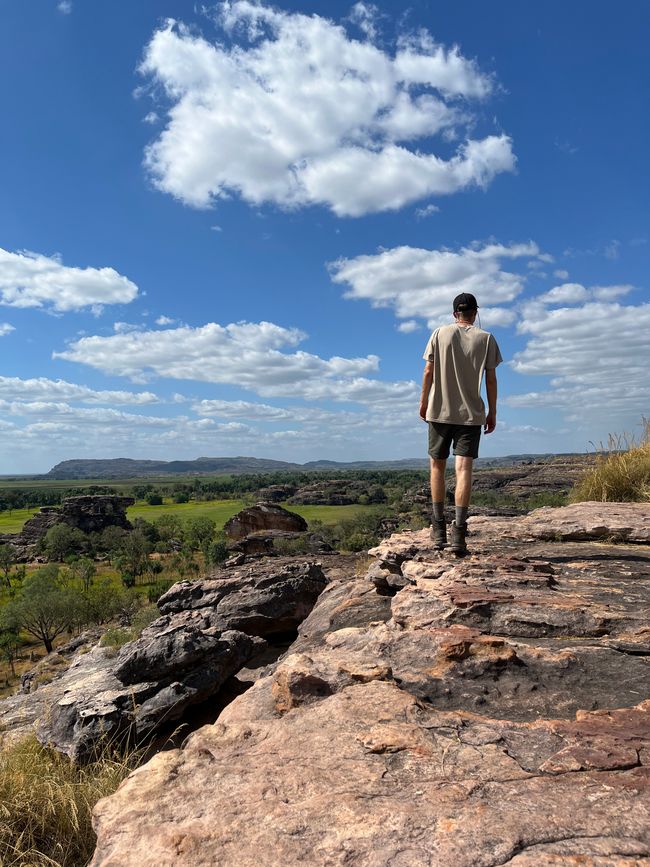
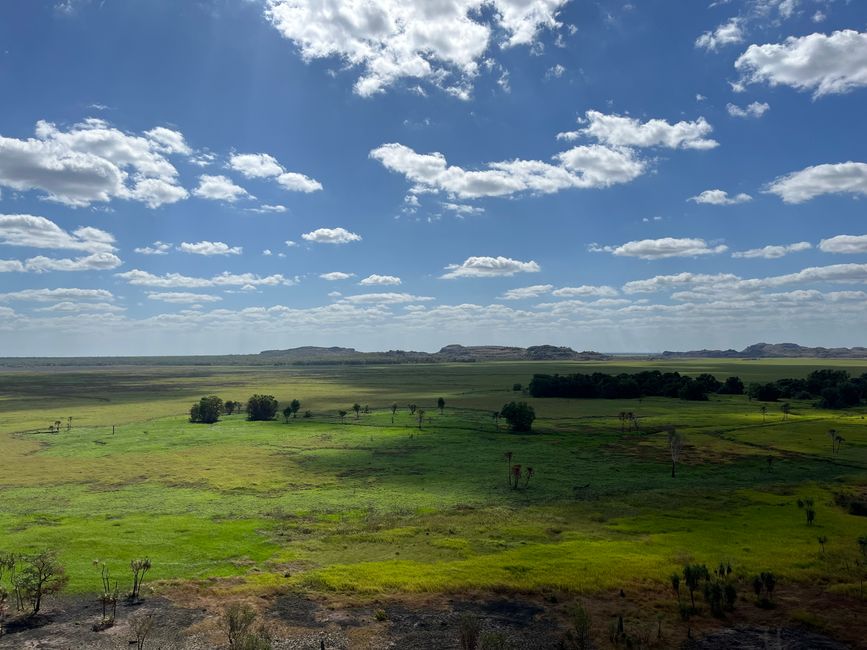
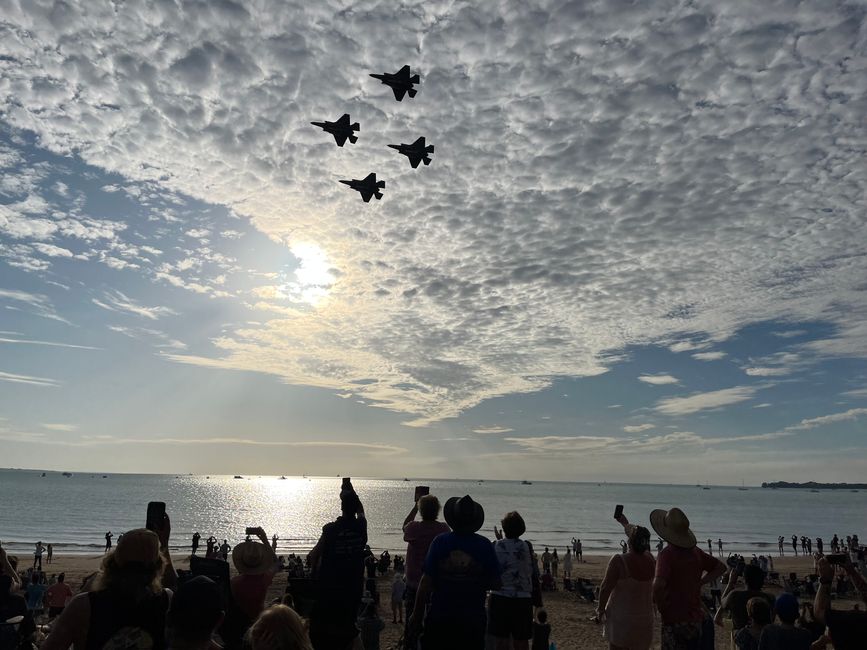
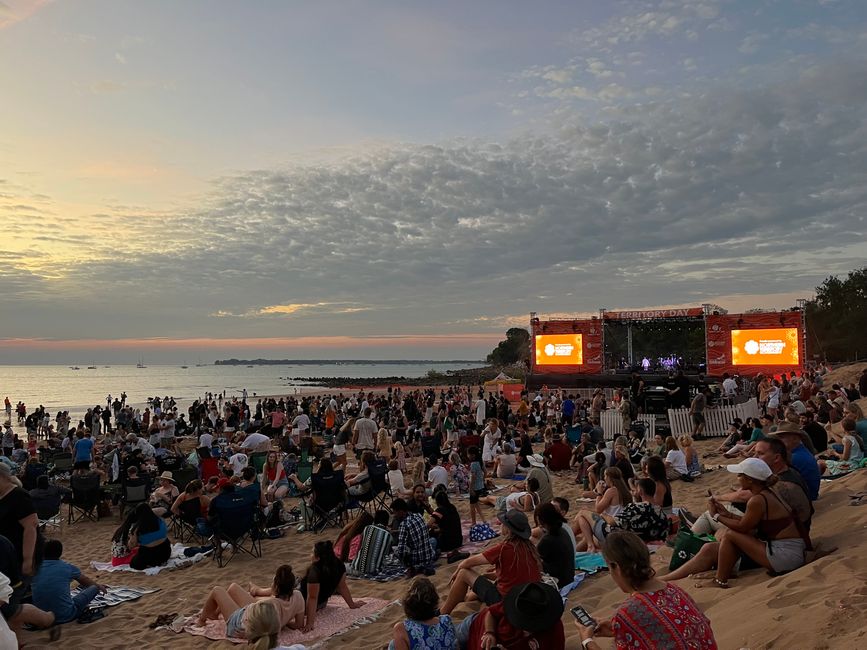
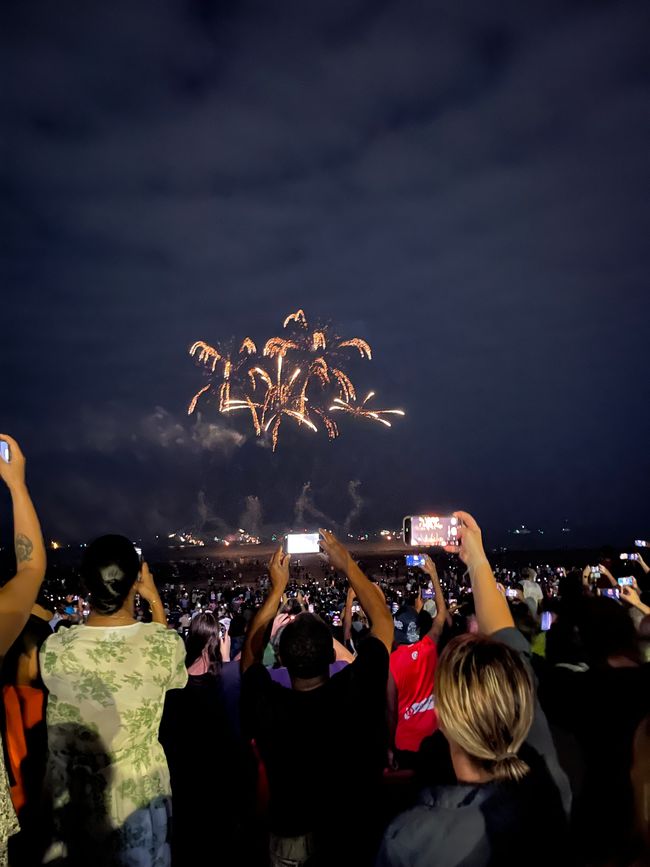
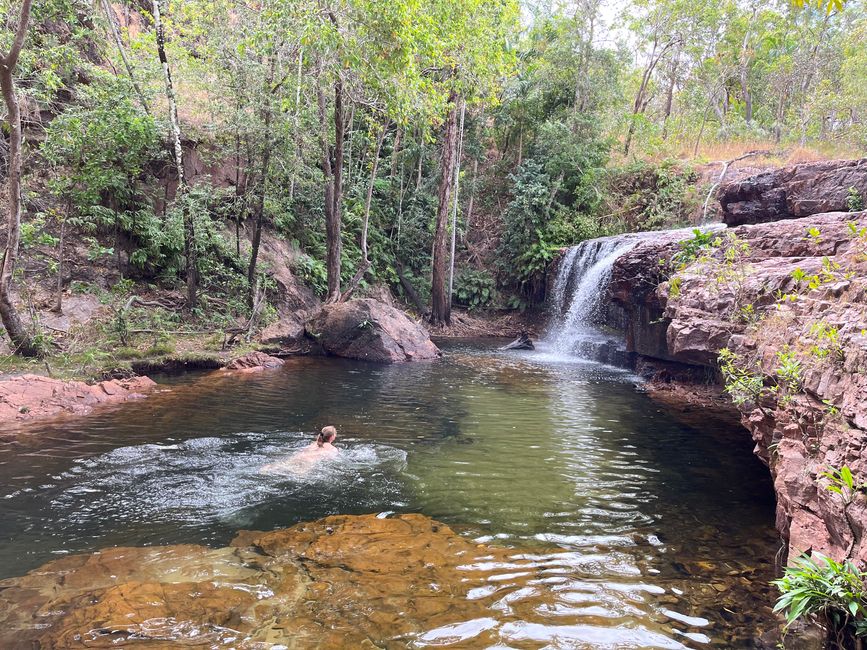
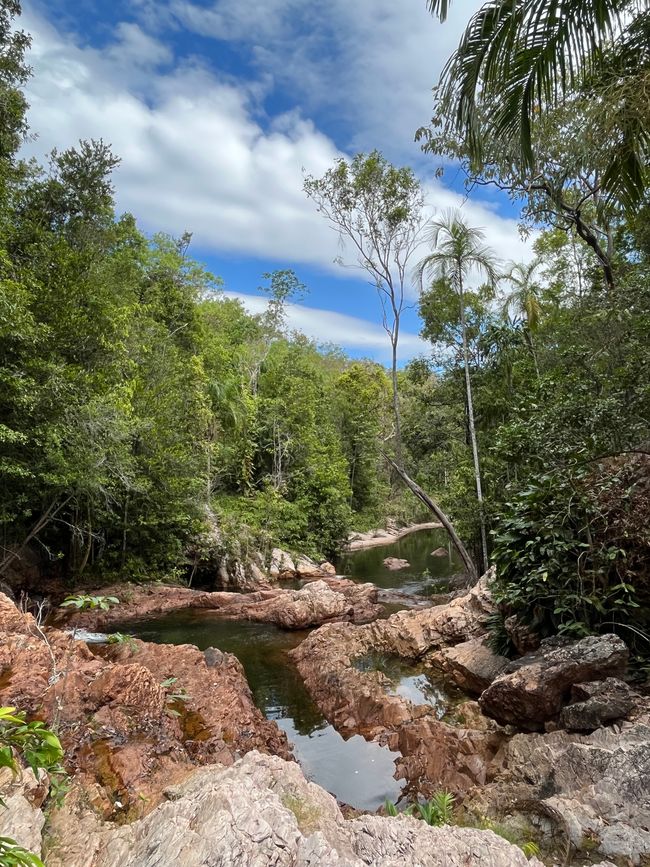
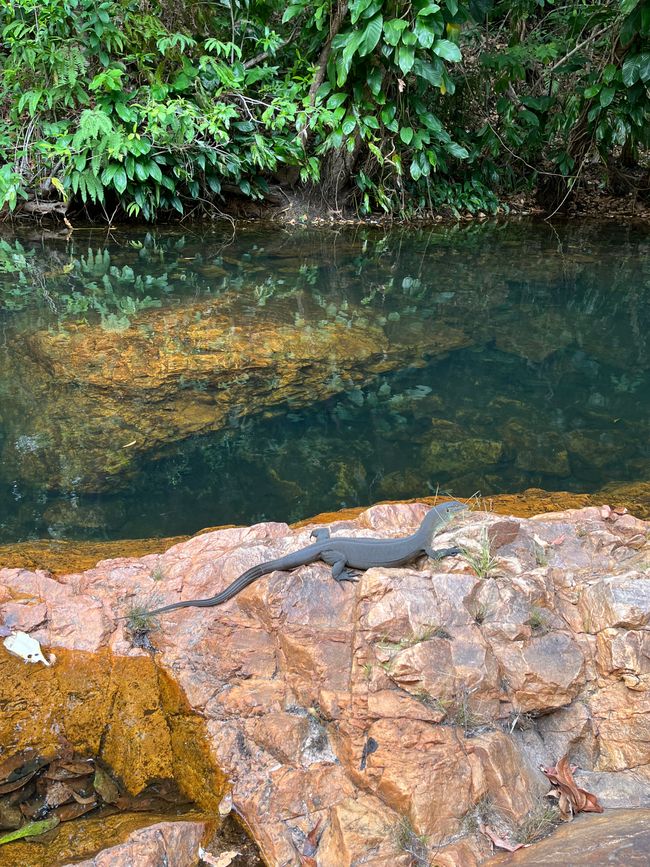
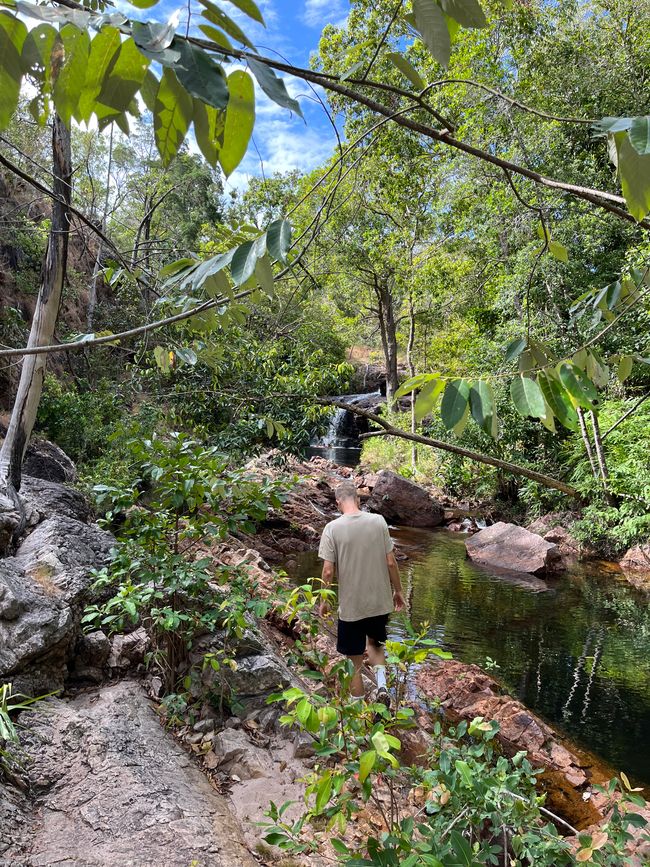
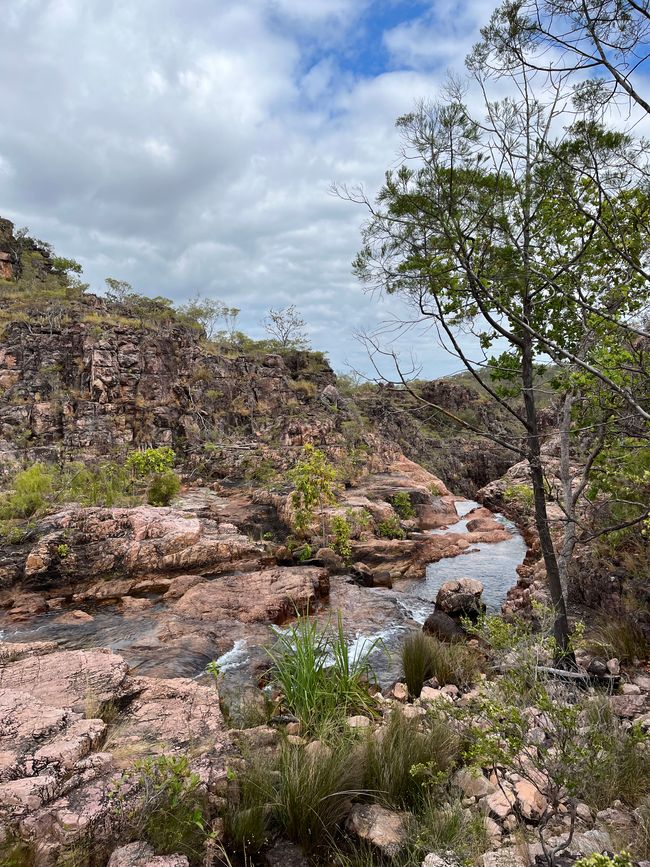
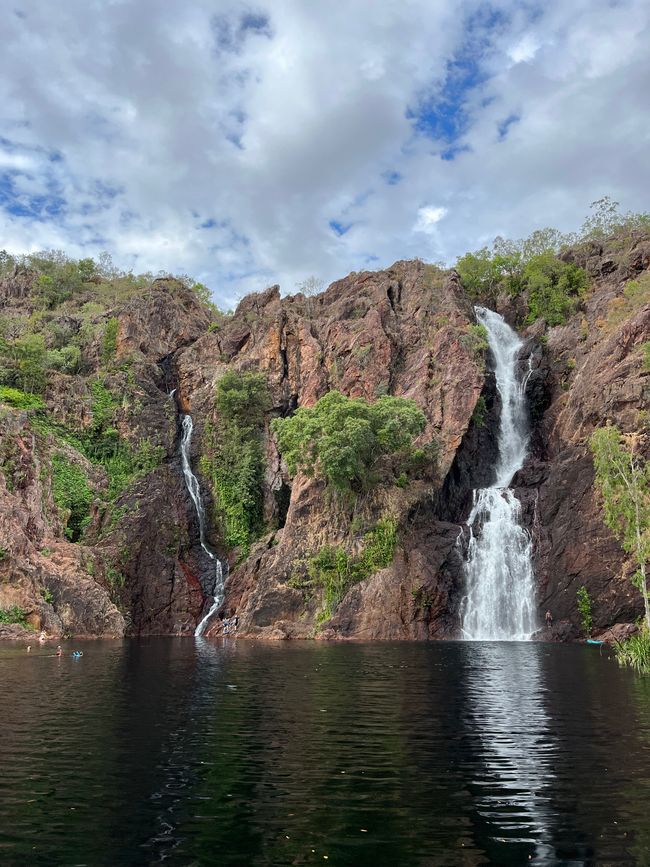
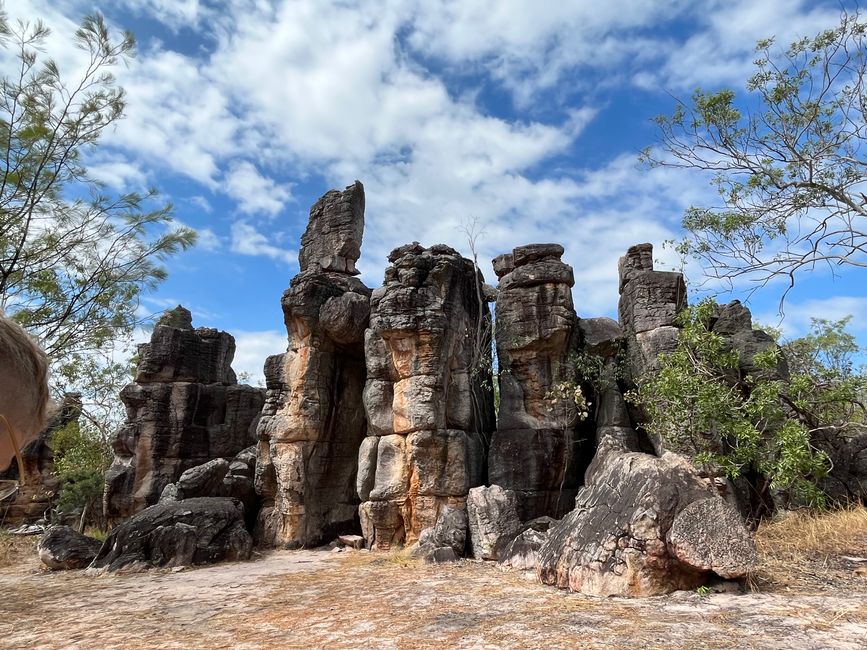
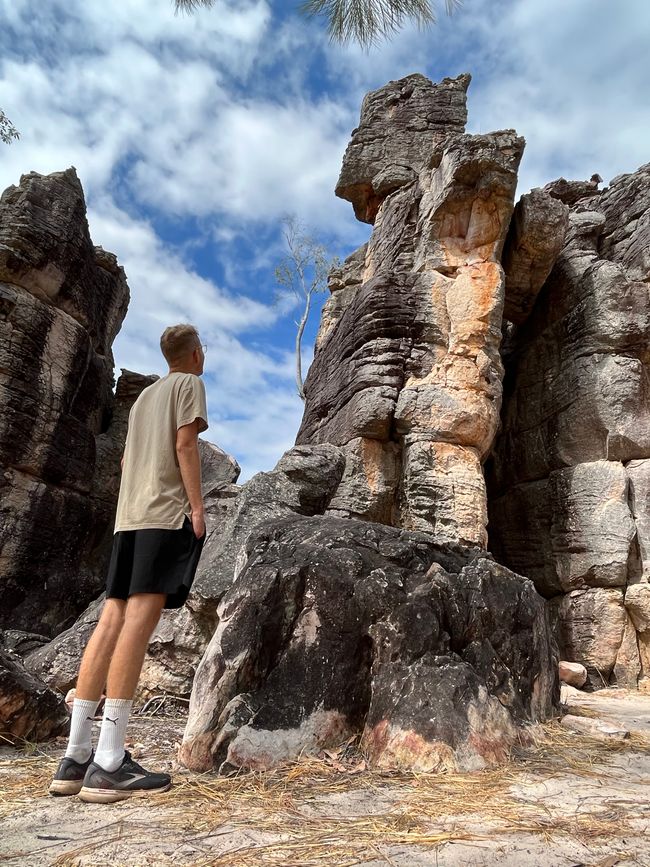
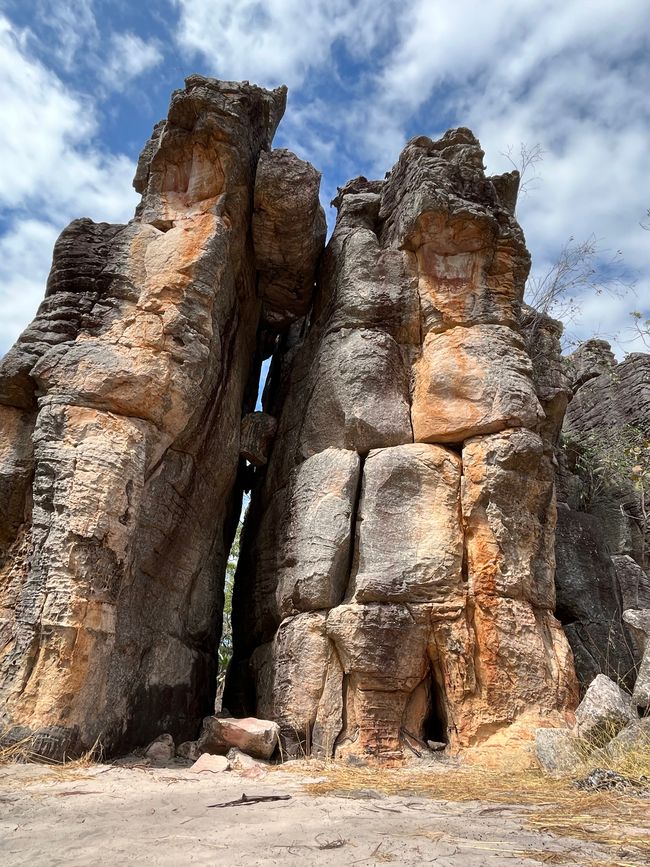
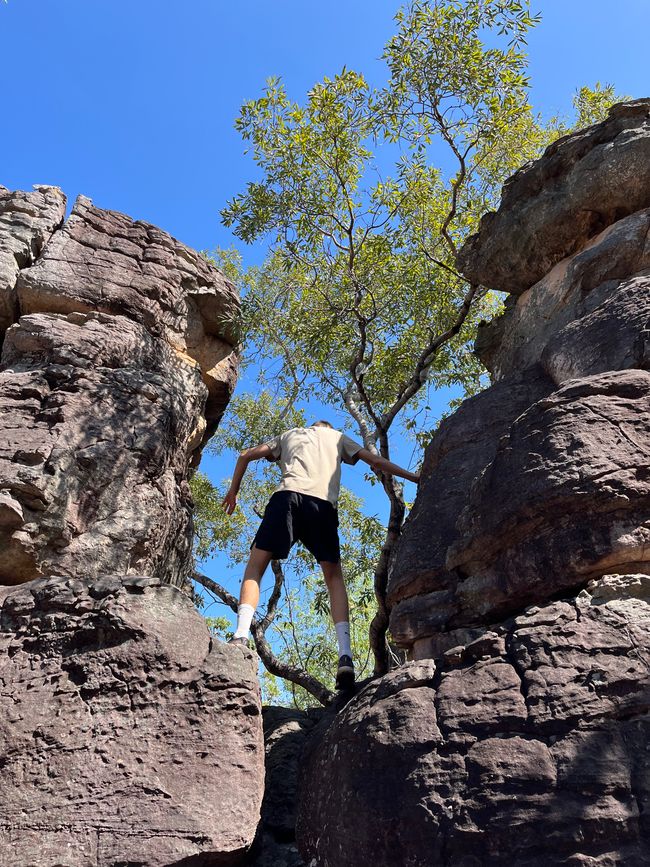
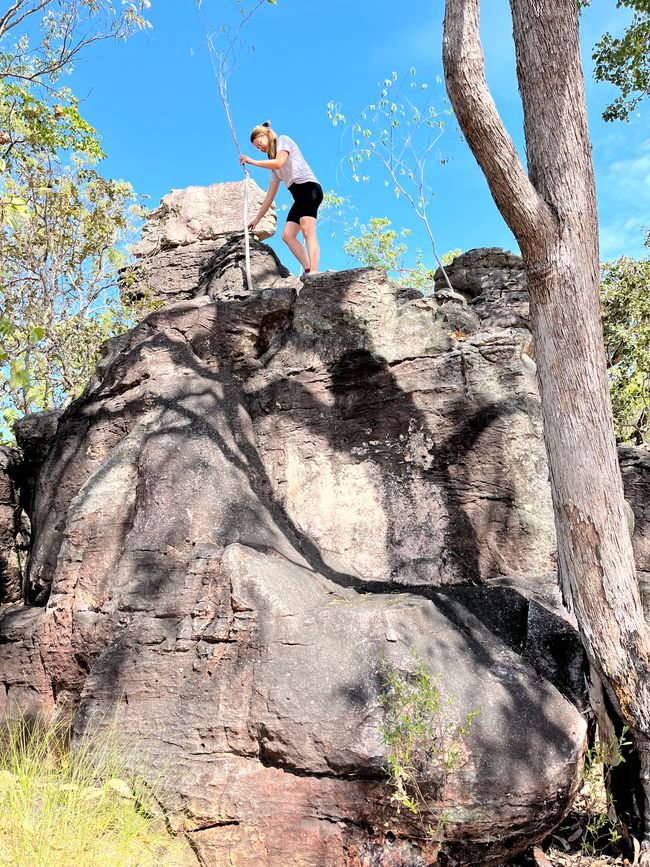
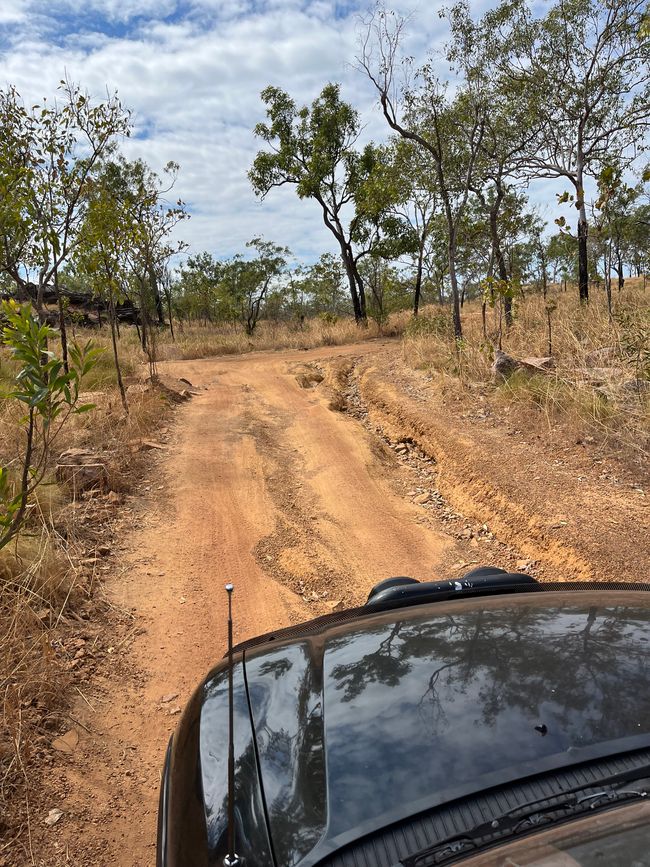
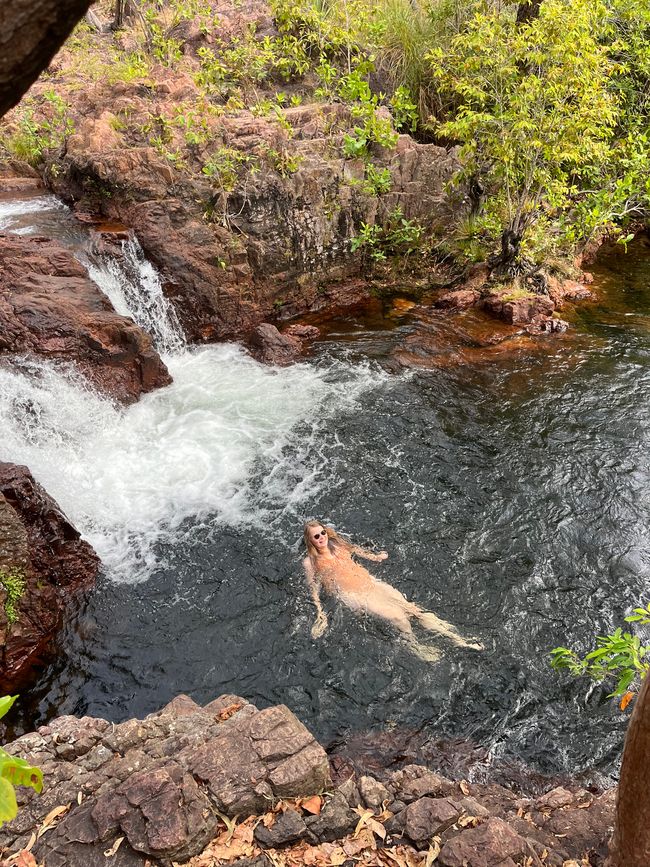
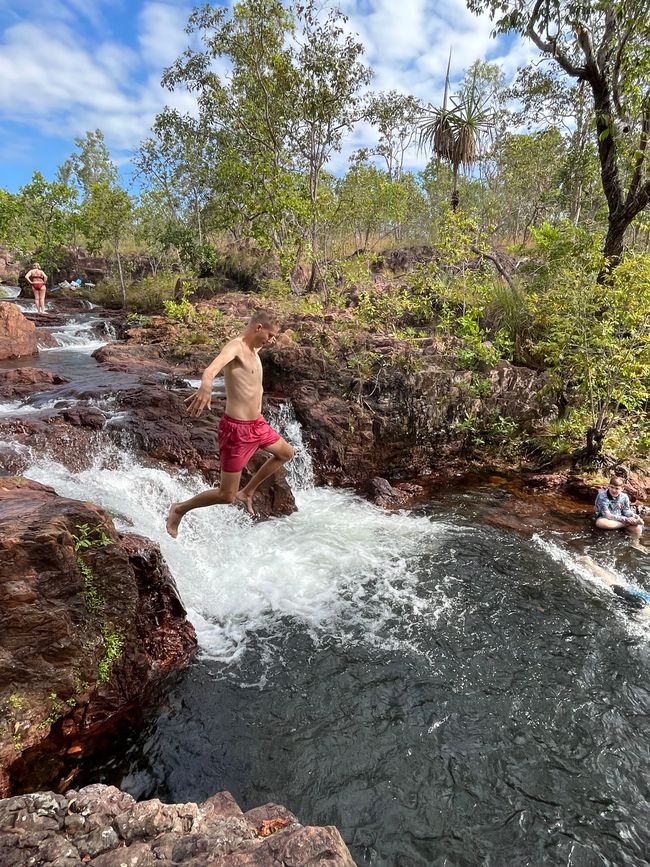
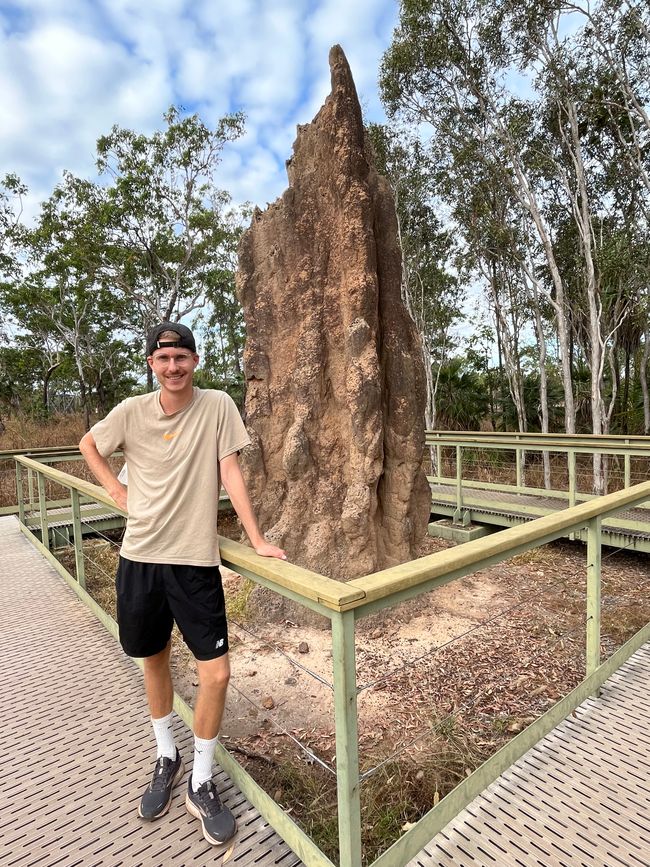
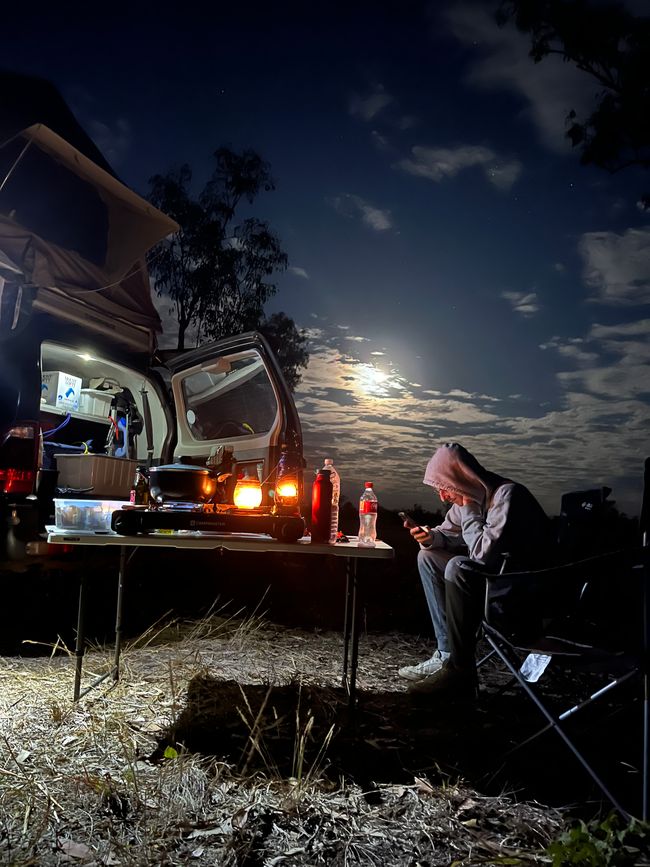
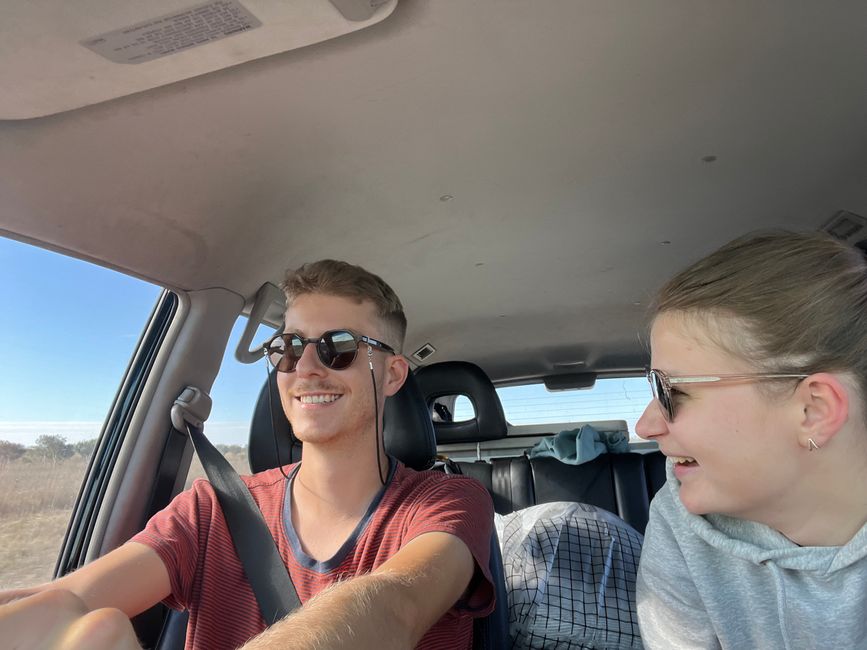
Mag-subscribe sa Newsletter
It is nothing new for us that paths and distances in Australia can be quite long. After all, on our way up the east coast, we have already covered around 2,000 kilometers. However, the path that should lead us to our next destination was even longer. There were a whole 2,400 kilometers between Airlie Beach, our last stop on the east coast, and Katherine, in the far north of Australia, in the state of Northern Territory. However, Katherine was only intended as a stopover to replenish supplies. From there, we wanted to continue to Kakadu National Park. But let's take it step by step. While so far we have more or less only been traveling along the densely populated for Australian standards coast, during the crossing of the Outback, we got to know the seemingly infinite expanse of Australia - in the end, it is not just a country, but a whole continent that needs to be traversed. For hundreds of kilometers, it was just straight ahead, no cities, no gas stations, nothing. We drove through the desert landscape for hours, occasionally one of the many road trains - huge trucks with up to four trailers - rushed past us, but that was it for exciting events. Luckily, we had stocked up on podcasts, audiobooks, and music beforehand, so we managed to pass the long days in the car quite well. After four whole days, we finally arrived at Kakadu National Park. Kakadu National Park is one of the largest national parks in Australia, with the entire area being about half the size of Switzerland. Apart from the impressive nature, the park is especially known for indigenous tribes (Aborigines) still living here according to the traditions and customs of their ancestors. Besides breathtaking nature, you can also admire rock paintings that are up to 20,000 years old. The top rule in Kakadu National Park, as well as in the entire north, however, was: "Be crocwise." Both saltwater and freshwater crocodiles are at home in the tropical north and especially in Kakadu National Park, and they do not hesitate to consider humans as part of their menu.
Because the area is so large and there is so much to see, we bought a seven-day pass in advance. The park consists of seven regions in total, so we had planned to dedicate one day to each region and explore the park from south to north. Each region has its peculiarities, which are more or less worth seeing depending on the season. For example, many waterholes were dried up or only filled with very little water due to the current dry season. We spent our days mainly hiking different tracks, admiring rock paintings, searching for crocodiles, and climbing lookout points. And in the meantime, we also dealt with a few mosquitoes. Although a few is a slight exaggeration, there were rather hundreds that made our life or rather eating difficult on a campsite in the northern part of the park when night fell. As a result, after our little escape from dingoes on Fraser Island, we had to have dinner in the car for the second time. While it was possible to defend ourselves reasonably well against the dingoes, our mosquito protection measures were of little use, so we unfortunately had to decide to end our stay in Kakadu National Park prematurely. After five days, we set off towards Darwin with many great pictures, even more beautiful memories, and a few mosquito bites. The capital of the state of Northern Territory is located about 150 kilometers west of Kakadu National Park on the coast. We had planned two days here to replenish supplies, do laundry, and breathe a bit of civilization. As luck would have it, the Northern Territory Day was celebrated in Darwin at exactly this time. This is a celebration of the independence that was achieved in the 80s. On this occasion, there was a big event with live music, fireworks, and many food stalls right on the beach. Of course, we wanted to be there. When you always cook for yourself, it is also nice not to have to take care of the food yourself. One item on the program, which we had not necessarily expected, was particularly intense. Like the Americans, the Australians are proud of their military. For this reason, the Air Force did not miss the opportunity to fly several rounds directly around the beach with four fighter jets. It was so unbelievably loud that Helene and I could only communicate through sign language. Fortunately, the live music was more melodic, and the evening was rounded off with a big fireworks display. After two days in Darwin, it was time to return to nature - so we headed to Litchfield National Park. Litchfield, considerably smaller and more manageable than Kakadu National Park, is located about an hour and a half south of Darwin. The park is mainly known for its rock formations and croc-free waterholes. While in Kakadu, we had to refrain from swimming due to the low water levels and the crocodiles, here the fun in the water could begin. Besides numerous swimming stops, we visited an old mine, hiked a few smaller tracks, and drove an off-road track as a little preparation for our next stop to see some sandstone formations called "Lost City". For those wondering what the big hill in one of the pictures is, here is the answer. This is a termite mound that has been standing here for over 50 years. During our drive through the Outback, we had already noticed the mounds. It's amazing what those little creatures are capable of.
Except for a quick shopping stop in Katherine, Litchfield National Park was the last stop for us in the Northern Territory. We continued towards the west coast, and I will tell you more about that next time.
Mag-subscribe sa Newsletter
Tubag
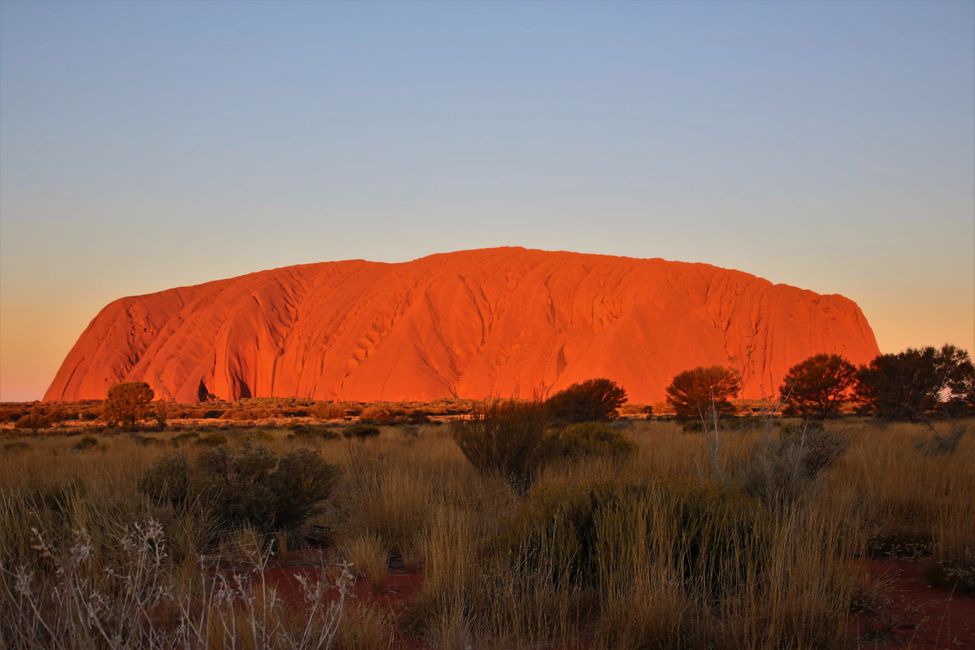
Mga taho sa pagbiyahe Australia
